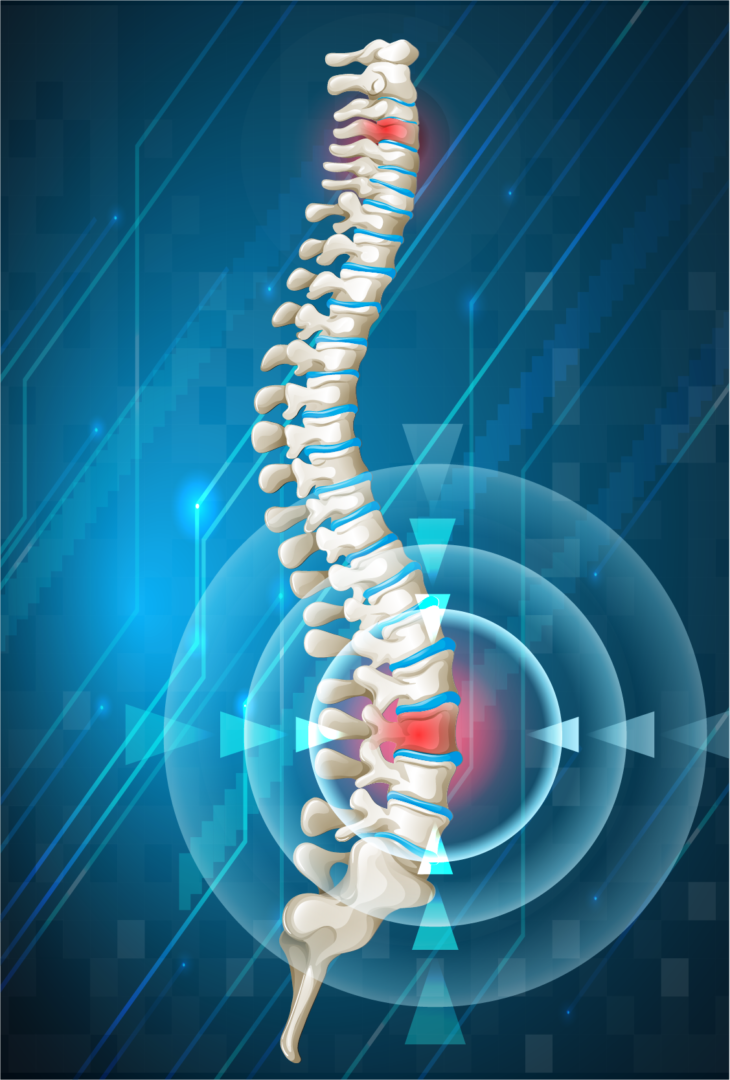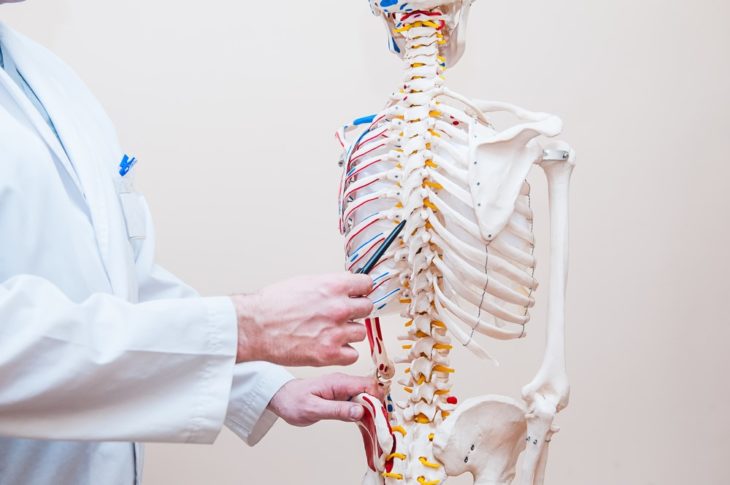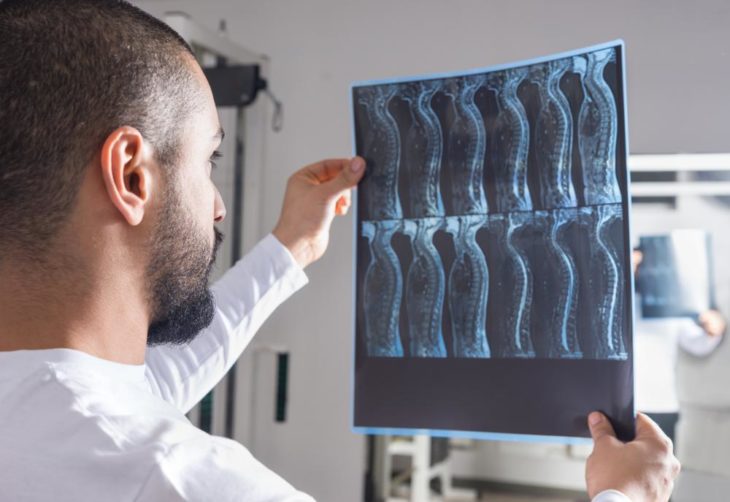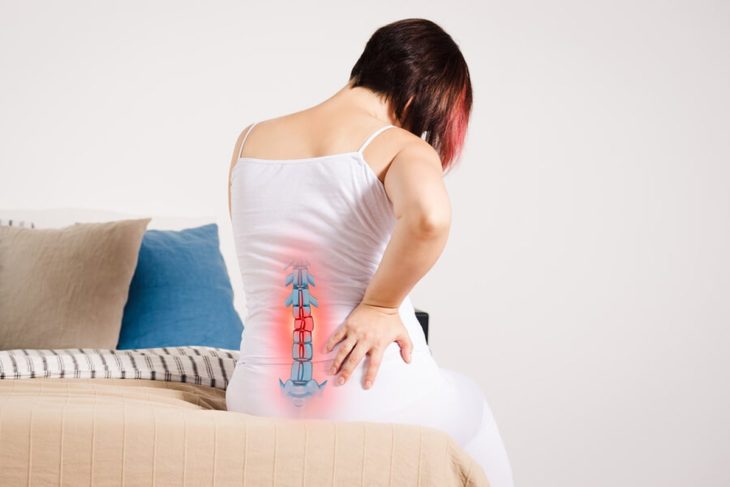A spinal cord injury sounds scary, and the reality is, it can be. However, as The Gomez Firm notes, 17,000 new spinal cord injuries occur every year in the United States. Auto accidents are the top cause of spinal injuries.
Thirty-eight percent of spinal injuries are related to auto accidents, and falls are the next most common reason at 30.5%. According to Live Science, nearly half of all spinal cord injuries occur in young people between the ages of 16 and 30, and almost 80% occur in males.
The following provides an overview of what spinal cord injuries are and the different types of injuries, as well as information you should know about how these injuries are typically treated.

Source: Jebaily Law Firm
Contents
Types of Spinal Cord Injuries
There are two general categories spinal cord injuries can be divided into. These are complete and incomplete injuries. Complete injuries mean that below the injury level there is no function, including sensation or movement. A complete spinal cord injury can occur anywhere along the spine. An incomplete injury means that there is some level of functionality below the injury.
When someone has a spinal cord injury, it impacts how messages travel between the brain and body, and in some cases, these injuries can lead to partial or full paralysis, as well as partial or complete loss of bowel and bladder function.
The symptoms of a spinal cord injury can vary depending on where it is and how severe it is. Along with accidents, certain diseases, including arthritis, inflammation, infections, cancer and spinal disc degeneration can also cause spinal cord injuries. Sports injuries, spinal stenosis or birth defects like spina bifida may play a role in spinal injuries too.
In some cases, a person with a spinal cord injury may make a complete recovery, but there is also the potential they will become entirely paralyzed. If someone experiences an acute spinal cord injury, they may have a spinal shock, which can lead to loss of movement and feeling. This can last up to several weeks, but the shock symptoms will eventually go away.
When shock symptoms start to disappear, others may start to occur. In most instances, the higher an injury occurs on the spine, the more severe the symptoms the person will experience. Some of the possible symptoms include muscle weakness, muscle spasticity, and breathing problems. A spinal injury can also cause issues with heart rate and blood pressure, digestive problems, and sexual dysfunction.

Source: Health and Trend
Diagnosing a Spinal Cord Injury
To diagnose a spinal cord injury, several methods may be used. When someone is in the emergency room with a suspected spinal cord injury, they may be asked questions about the injury and what they’re feeling, but sometimes the person might not be awake or able to answer these.
Diagnostic tests can include X-rays and CT scans. MRIs can also be used to see the spinal cord and possible masses, herniated discs, or blood clots that can be compressing the spine. Once someone’s initial treatment occurs, and the swelling has gone down, more in-depth neurological exams may be done. Tests can look at whether or not someone can sense light touch and their muscle strength.

How Are Spinal Cord Injuries Treated?
There aren’t a lot of treatments available for spinal cord injuries, but work continues to be done to improve rehabilitation options, and also experimental treatments are being introduced. The pursuit of an effective treatment or even a cure for paralysis caused by spinal cord injuries is not a new phenomenon. This blog post, which outlines the history of spinal cord injury treatment, highlights how people have been trying to find solutions to this medical condition for thousands of years.
According to health care providers, following an injury to the spinal cord, it’s important to keep blood pressure steady because to heal, the spinal cord needs good blood flow. Sometimes steroid medications might be used, but they have to be taken immediately following the accident, and they do have the potential for negative side effects.
Surgeries and traction are other initial treatment options, and following that, many patients begin a rehab program. Researchers once believed that if the spinal cord was injured, there wasn’t anyway to repair that damage, but new evidence is coming to light that shows that might not be the case. For example, research right now is focusing on ensuring patients needing surgery get that as soon as possible and ideally within 12 hours of their injury.

Source: Mejor con Salud
What is a Slipped or Herniated Disc?
A slipped or herniated disc is something that can occur and involves the spine, but it’s not necessarily what we think of with an acute spinal injury. A herniated disc occurs when there’s a problem with the discs that are between your vertebrae. The vertebrae are the bones that make up the spine.
Herniated discs can occur at any part of the spine, causing nerve irritation. Sometimes a herniated disc can lead to symptoms like pain, weakness, or numbness in the arm or leg. In most cases, a herniated disc occurs in the low back, but the neck can be a commonplace for this type of injury also. The symptoms you might experience with a slipped or herniated disc depend on where it’s at.
If you have a herniated disc in your lower back, you’ll most likely feel the majority of the discomfort in your buttocks, thigh, and calf. If the disc is in your neck, you might feel the most pain in your shoulder and arm. Some people might not even know they have a herniated disc until they do some form of imaging.
The cause of herniated discs include aging and general wear and tear on your body. Most people don’t have a specific reason they can link to a herniated disc. Sometimes if you carry excess weight, or you have a physically demanding job, you may be at a greater risk of a herniated disc.
Finally, treatment for herniated discs depends on the symptoms. Sometimes over-the-counter medicines may be sufficient until the symptoms are relieved Cortisone injections and muscle relaxers are other options. Opioids used to be used for injuries like herniated discs, but most doctors are reluctant to prescribe these now for injuries and acute conditions because of the risks of addiction and overdose.
